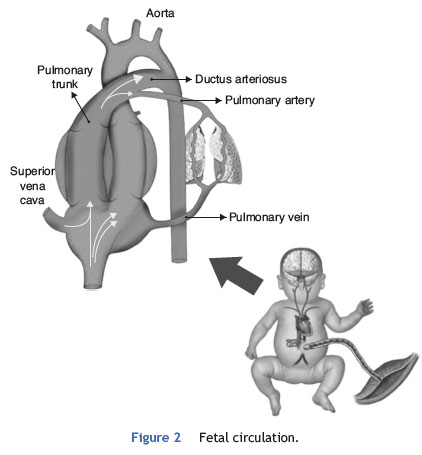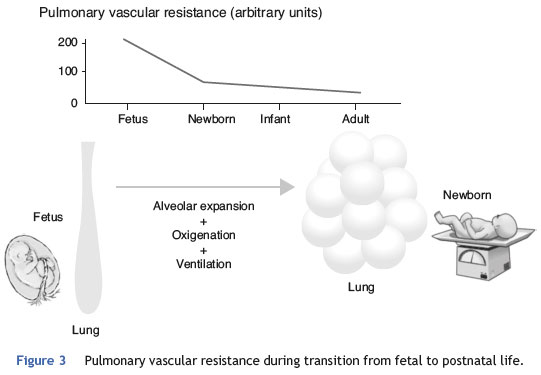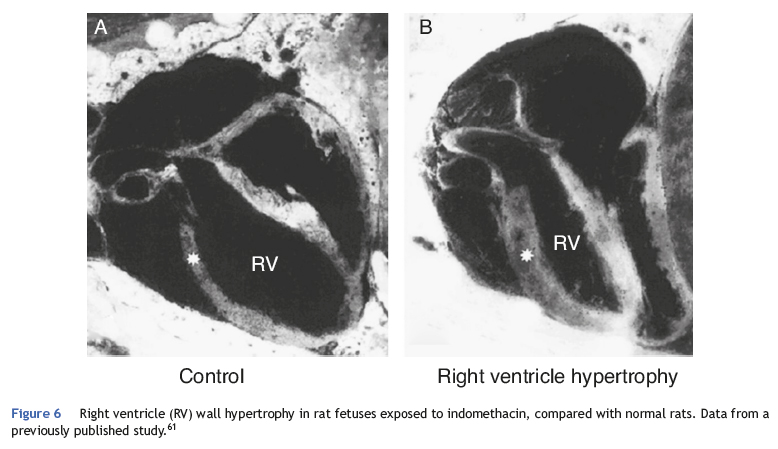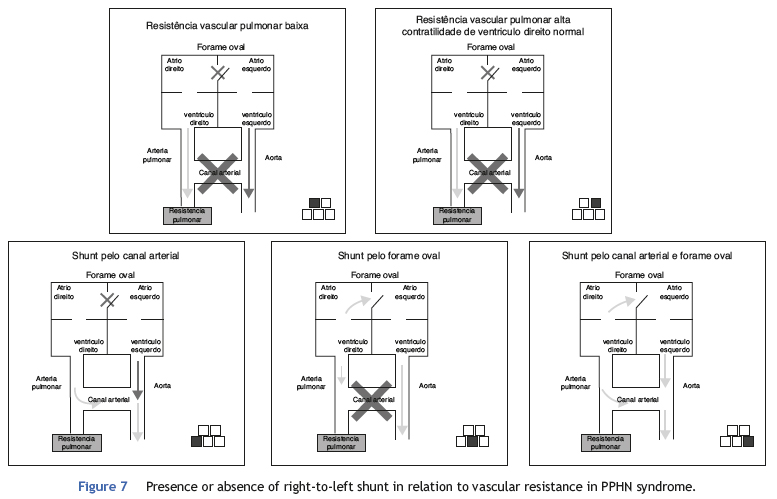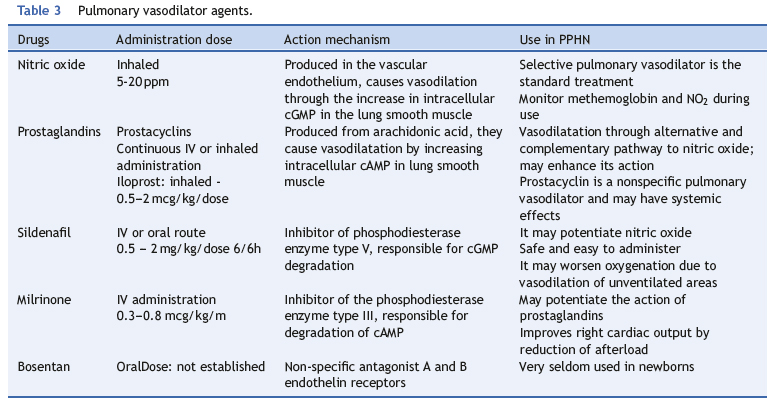OBJECTIVES: Although recognized for decades, little is known about the etiology, physiopathology, and prevention of persistent pulmonary hypertension of the newborn (PPHN). and its treatment remains a major challenge for neonatologists. In this review, the clinical features and physiopathology of the syndrome will be addressed, as well as its general and specific treatments. DATA SOURCE: A review was carried out in PubMed, Cochrane Library, and MRei consult databases, searching for articles related to the syndrome and published between 1995 and 2011. DATA SYNTHESIS: Risk factors and the physiopathological mechanisms of the syndrome are discussed. The clinical picture depends on the different factors involved, which are probably related to the etiology and physiopathological mechanisms. In addition to the measures used to allow the decrease in pulmonary vascular resistance after birth, some cases will require pulmonary vasodilators. Although nitric oxide has proved effective, other vasodilators have been recently used, but clinical evidence is still lacking to demonstrate their benefits in the treatment of PPHN. CONCLUSIONS: Despite recent technological advances and new physiopathological knowledge, mortality associated with PPHN remains at 10%. More clinical research and evidence-based experimental results are needed to prevent, treat, and reduce the morbidity/mortality associated with this neonatal syndrome.
Pulmonary hypertension; Pulmonary vasodilators; Nitric oxide


